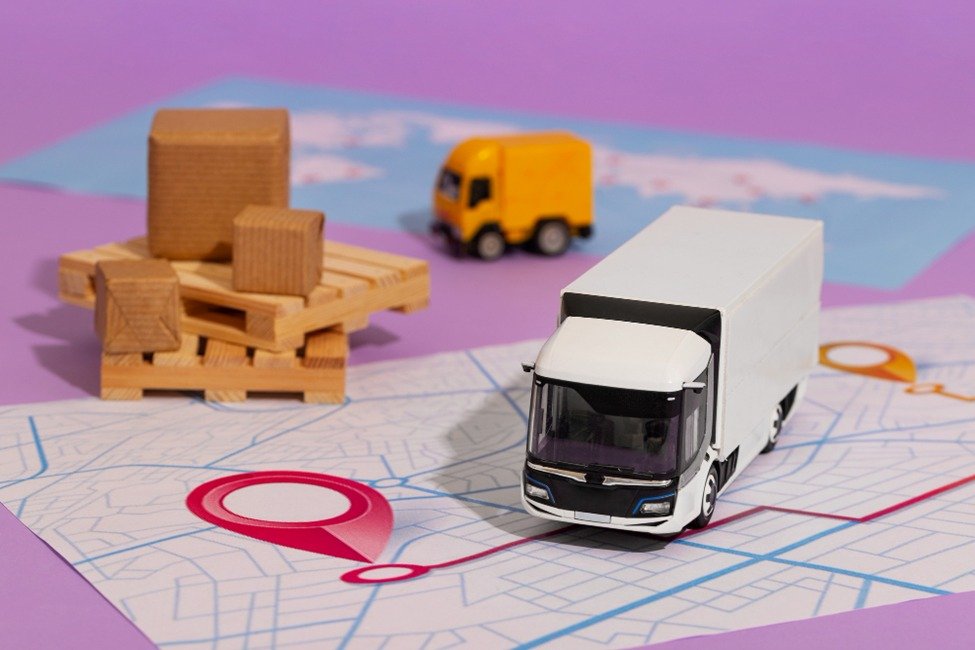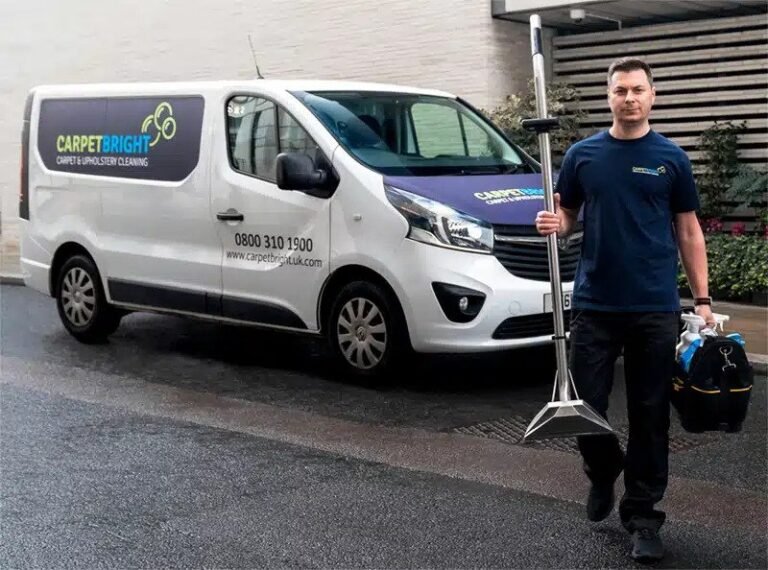
A practical guide to DVS, explaining star ratings, Safe Systems and day to day steps that help UK operators stay compliant while improving safety and productivity.
Why DVS exists
The Direct Vision Standard was created to reduce collisions between goods vehicles and vulnerable road users by improving what drivers can see directly through cab windows. It shifts attention from mirrors and monitors to natural lines of sight, which matter most in busy streets where split second decisions are common. By pushing manufacturers and operators toward better direct vision, the policy aims to make urban roads safer for everyone.
How the star rating works
Every affected vehicle receives a star rating based on the driver’s direct visibility from the cab. The assessment considers cab height, window size and areas that remain hidden close to the nearside and in front. Newer low entry cabs often score higher because their design places the driver closer to other road users. Many fleets still operate vehicles below the threshold, which is where Safe Systems become essential for access permits.
When you need a permit
If a vehicle does not meet the minimum star rating, you must obtain a Safety Permit that shows how you will mitigate blind spots. Operating without a permit risks fines and a damaged safety record. The permit is tied to the vehicle and must be renewed when requirements change. Treat the permit as a living credential that reflects how your equipment and processes currently perform, not a one time checklist.
What a Safe System typically includes
A compliant Safe System combines equipment and process. Nearside cameras help drivers see cyclists and pedestrians that sit in traditional blind zones. Proximity sensors offer audible and visual alerts when movement is detected. External turning alarms warn others when the vehicle is about to swing left. Clear warning signs communicate the vehicle’s hazards. The package is only effective when fitted and configured correctly, with sightlines verified after installation.
Progressive Safe System expectations
The standard continues to evolve as authorities study collision data and technology improves. Progressive requirements tighten fields of view for cameras, refine sensor coverage and set clearer rules for driver alerts. The practical message for operators is simple. Ad hoc add ons will struggle to keep pace. Choose solutions that map directly to the latest guidance and that can be updated without ripping out existing equipment.
Why installation quality matters
Hardware is only half the picture. A rushed fit can leave gaps in coverage, poor cable routing or sensors that trigger constantly in rain and spray. Professional installers position cameras for the correct field of view, calibrate sensors against the vehicle geometry and test alerts with drivers before sign off. They also document serials, locations and calibration results so you can prove compliance during audits without hunting through emails.
Training that turns kit into safety
Technology does not improve safety unless people use it properly. Drivers need a short, practical briefing that covers what each alert means, how to respond and how to report faults. Managers should explain when to rely on direct vision, when to check monitors and how to avoid distraction. A clear escalation path for noisy or misaligned sensors stops small annoyances becoming daily frustrations that reduce trust in the system.
Daily and weekly checks
Simple routines keep equipment effective. Drivers can verify camera images, sensor health and speaker volume as part of walkaround checks. Supervisors can spot test footage quality, review alert frequency and confirm that event recordings are retained for the correct period. A predictable checklist improves reliability, speeds up defect resolution and provides the paper trail you will need if an incident ever goes to investigation.
Documentation that stands up to scrutiny
Compliance is easier when paperwork is tidy. Keep installation certificates, calibration records and photographs linked to the vehicle file. Store copies of permits, renewal reminders and any correspondence that clarifies technical interpretations. Add a short policy note that explains how drivers are trained and how faults are handled. When auditors arrive, you want to show a coherent story rather than a box of mixed receipts.
Operational benefits beyond the permit
A strong DVS programme reduces near misses, lowers the stress of city driving and raises confidence when manoeuvring close to pedestrians and cyclists. Recorded evidence helps resolve complaints quickly and protects drivers when they acted correctly. Over time, fewer incidents mean fewer off road hours and steadier insurance conversations. The safety culture that grows around DVS often improves standards at depots and on regional roads as well.
Integrating DVS with telematics
The best outcomes appear when DVS equipment connects to your tracking and reporting tools. Camera health, sensor status and event markers can be viewed alongside vehicle location and time on site. Managers gain early warning when a camera fails or a sensor goes quiet. Linking alerts to trips also helps identify hotspots where drivers need extra coaching or where route changes would reduce conflict with cyclists.
Fleet change and vehicle choice
When you replace vehicles, consider direct vision at the point of purchase. A higher star rating can reduce the level of retrofit required and simplifies long term maintenance. Low entry cabs suit dense urban routes, while standard cabs may be appropriate for regional work if supported by a robust Safe System. Build a simple decision matrix so procurement can choose confidently without reinventing the analysis for every tender.
Budgeting and return on investment
DVS equipment and installation are costs, but they should be weighed against avoided penalties, reduced incident frequency and quicker claims handling. Add the soft gains that come from calmer driver workloads and improved customer confidence. Many fleets find that a well planned rollout pays back within a typical lease period, especially when integrated with telematics that produce fuel and maintenance savings through better driving behaviour.
Common pitfalls to avoid
Two mistakes recur. The first is buying a mixed collection of cameras and sensors that were never designed to work together. This creates coverage gaps and a maintenance headache. The second is treating DVS as a single project rather than an ongoing programme. Without periodic reviews, equipment drifts out of calibration, documentation ages and drivers receive inconsistent messages. Build steady routines and your compliance will stay solid.
A simple rollout sequence
Start with a gap analysis across all affected vehicles and routes. Prioritise high risk units that enter dense urban areas daily. Select a solution that meets current guidance and has room to adapt. Schedule professional installation, obtain or update permits and brief drivers with a consistent script. After four weeks, hold a short review to tune alert sensitivity, refresh training and fix any early defects.
Working across multiple cities
Even if your main exposure is London, the same principles improve safety in other urban centres. Standardising on one solution simplifies training and reduces the spare parts you need to hold. It also avoids regional differences in practice that confuse drivers. Many operators now choose to fit DVS style systems on the entire fleet because the safety case stacks up well beyond the boundary of any single authority.
Measuring success
Track both leading and lagging indicators. Leading indicators include driver feedback on visibility, the number of reported defects fixed within service levels and the rate of camera uptime. Lagging indicators include collision frequency, near miss reports and claim values. Present these figures in a brief monthly dashboard so leaders can see progress and maintain support for continued investment.
Choosing a partner for the long term
Your supplier should offer more than boxes and cables. Look for practical site surveys, documented fitment standards, responsive repairs and clear guidance when policy changes. Insist on accessible support and a straightforward route to integrate with telematics. A partner who treats DVS as part of a broader safety ecosystem will help you maintain compliance without constant firefighting.
Taking the next step
If you need a clear route to meeting requirements with equipment, documentation and support aligned to the latest guidance, review the dedicated solution for the Direct Vision Standard. It brings together cameras, sensors and compliance workflows in a package that simplifies installation, record keeping and ongoing management, so safer urban operations become part of everyday fleet practice.






